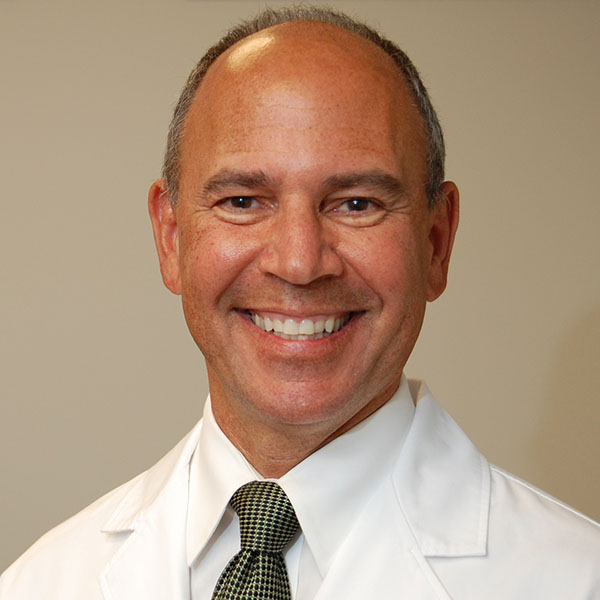
Brittany Jordan-Arthur was at loggerheads with her 7-year-old daughter one recent morning. The little girl simply did not want to head out the door to summer camp, finding any and all excuses to hang back.
But instead of expressing exasperation or annoyance — knowing that would make her daughter dig in her heels even more — Jordan-Arthur, a psychologist at Harvard-affiliated McLean Hospital, decided to use a valuable communication technique: validation. Like many skills, the more you practice validation, the easier it becomes to apply when it’s most needed. Here’s what to know and do.
What is validation?
An approach that can help people feel heard and understood, validation is especially useful when navigating emotionally charged situations. Validating someone shows you understand their feelings and point of view, even when you disagree. It establishes trust, helping the other person feel supported and open to discussing solutions.
And that’s precisely what happened in Jordan-Arthur’s stalemate with her daughter.
“I just sat with her and said, ‘You really don’t want to go.’ It was a great example of saying, ‘I hear you,’ and ultimately I didn’t tell her she had to go or why — she came to that conclusion herself,” Jordan-Arthur says. “We walked out the door without all the need for explanations.”
Many try validation but don’t succeed
Validation is fundamental to a type of talk therapy called dialectical behavior therapy (DBT), which is geared toward people who experience emotions very intensely. Many people use some aspects of validation in everyday communications with family members, friends, and colleagues, but usually fall short, Jordan-Arthur says. How?
“They jump into problem-solving, saying something validating, but then immediately tell the person what they should have done or what they should do next,” she says. “They don’t let that validation sink in. It’s like putting on anti-itch cream and then immediately washing it off.”
How can you offer validation?
Jordan-Arthur shares these pointers for validating another person:
- Give them your full attention.
- Make eye contact and nod appropriately, saying “uh huh” while showing your interest.
- Reflect what you’ve heard by restating their message, such as, “It sounds like you feel worse about this situation today than yesterday.”
- Verbalize the unspoken, such as, “I hear that you feel you can’t get anything done because of this obstacle,” or “It sounds like you’re frustrated.”
- Give it time to work! Be sure to let the validation sink in before attempting to problem- solve.
Does validation condone troubling behavior?
Validation isn’t the same as condoning someone’s bad or frustrating behavior, Jordan-Arthur notes. It’s not akin to reassuring them when reassurance isn’t appropriate.
“You may be afraid you’re going to communicate that you approve of their behavior or agree with their actions or choices,” she says. “But if you slow down and validate how someone feels in the moment, before a poor decision is made, validating accomplishes exactly the opposite.”
Try this phrasing instead:
- “I hear that this is important to you.”
- “I can see how this has been so upsetting/difficult/scary for you.”
How can you validate teens?
Validating teenagers isn’t dissimilar from the tactics Jordan-Arthur used with her 7-year-old — the problems just tend to be bigger. For example, teens often feel stuck with teachers they don’t like or complain that teachers seem overly harsh.
“Parents have lots of urges to say, ‘Oh, the teacher isn’t that bad’ or ‘I’m sure they mean well,’ defending the teacher and his or her perspective,” Jordan-Arthur says. “The odds are, by the time a kid is a teen, they also have that skill, but it’s going to take them a moment to get there.”
Here’s what to say instead:
- “I hear that you don’t feel respected.”
- “It’s so hard to feel helpless.”
- “It’s difficult to feel your teacher has control over how well you do in class.”
“You can validate their feelings even if you feel the teacher is being respectful,” Jordan-Arthur adds.
How can you validate adults?
Validating other adults in your professional or personal life involves much the same approach. With a colleague who’s feeling undervalued at the office, for instance, try saying, “It makes total sense that you’re feeling really frustrated. I know how important your work is to you.”
If you’re arguing with a spouse or partner, you can believe them as being genuine, Jordan-Arthur says, despite a difference of opinion. Try saying, “I can tell that this issue feels really important to you and you want me to pay attention to what you’re saying.”
It’s also wise to pay attention to the other person’s body language during heated moments. After validating them — but before offering a potential solution to a problem — look for clues that they’re calming down, such as breathing and gesturing more slowly.
“I encourage people to count to 10 in their heads, because we still tend to jump the gun and not wait for the other person to feel that validation,” she says. “If we do that, they’ll often move past the idea that ‘this person wronged me’ and start solving the problem on their own.”
About the Author

Maureen Salamon, Executive Editor, Harvard Women's Health Watch
Maureen Salamon is executive editor of Harvard Women’s Health Watch. She began her career as a newspaper reporter and later covered health and medicine for a wide variety of websites, magazines, and hospitals. Her work has … See Full Bio View all posts by Maureen Salamon
About the Reviewer
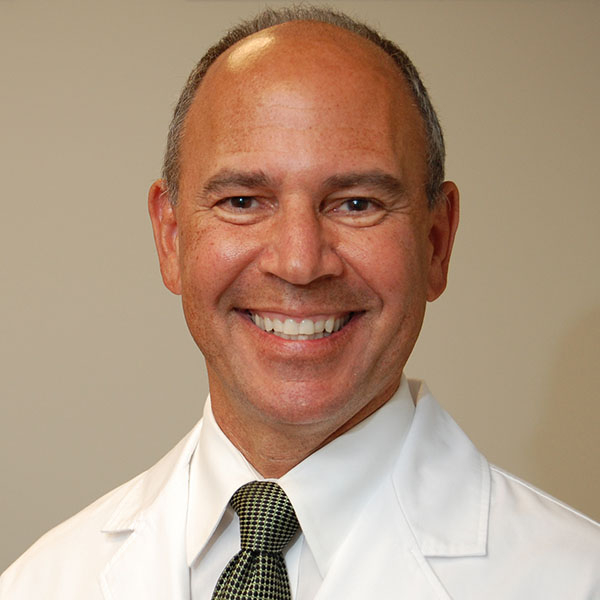
Howard E. LeWine, MD, Chief Medical Editor, Harvard Health Publishing
Dr. Howard LeWine is a practicing internist at Brigham and Women’s Hospital in Boston, Chief Medical Editor at Harvard Health Publishing, and editor in chief of Harvard Men’s Health Watch. See Full Bio View all posts by Howard E. LeWine, MD








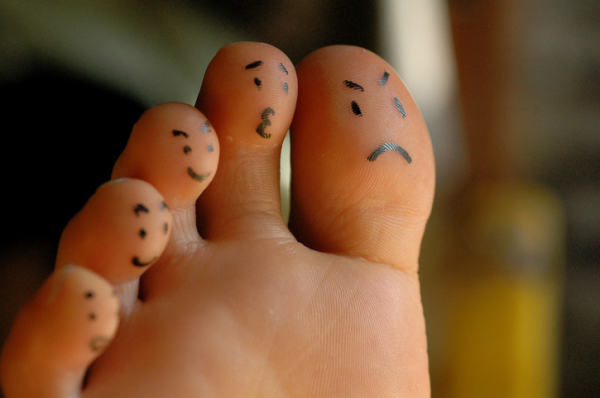

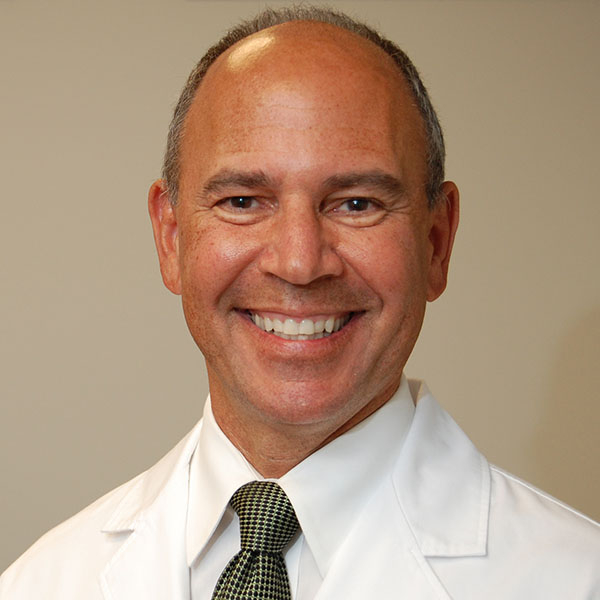

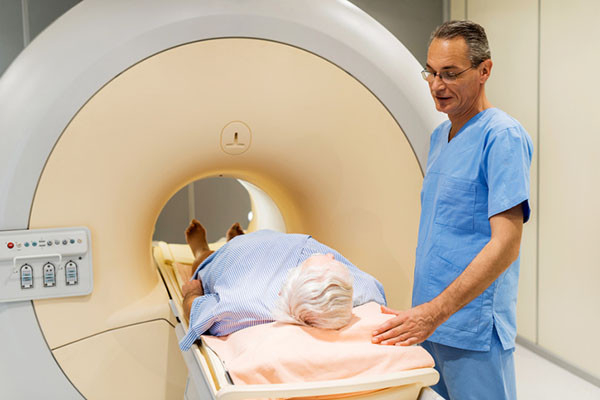











 Just about everyone has met or seen someone who has a tic disorder. Many tic disorders are diagnosed during childhood. Less often, a tic disorder like Tourette syndrome is diagnosed in adulthood — as was the case for Scottish singer Lewis Capaldi.
Just about everyone has met or seen someone who has a tic disorder. Many tic disorders are diagnosed during childhood. Less often, a tic disorder like Tourette syndrome is diagnosed in adulthood — as was the case for Scottish singer Lewis Capaldi.



